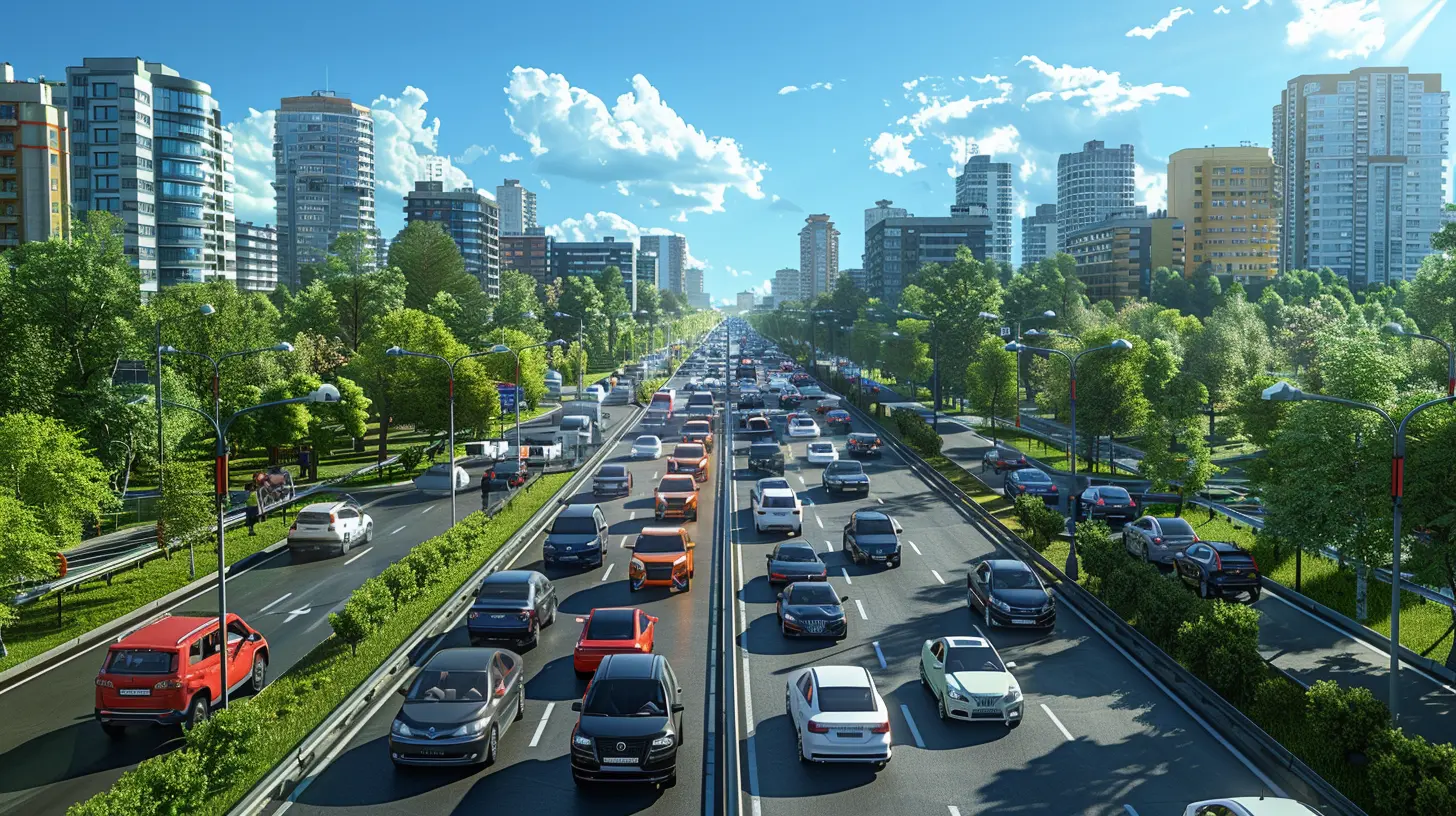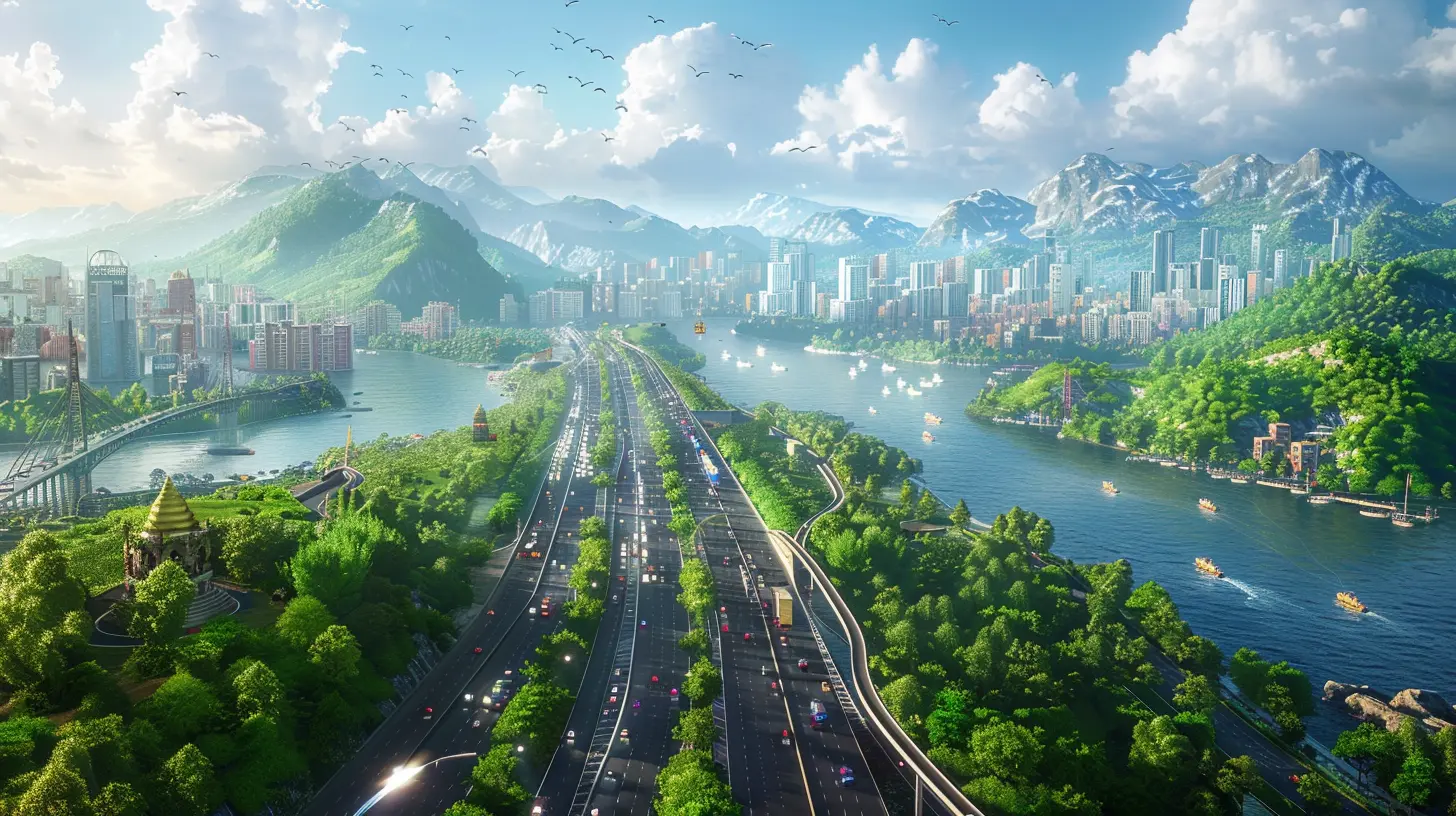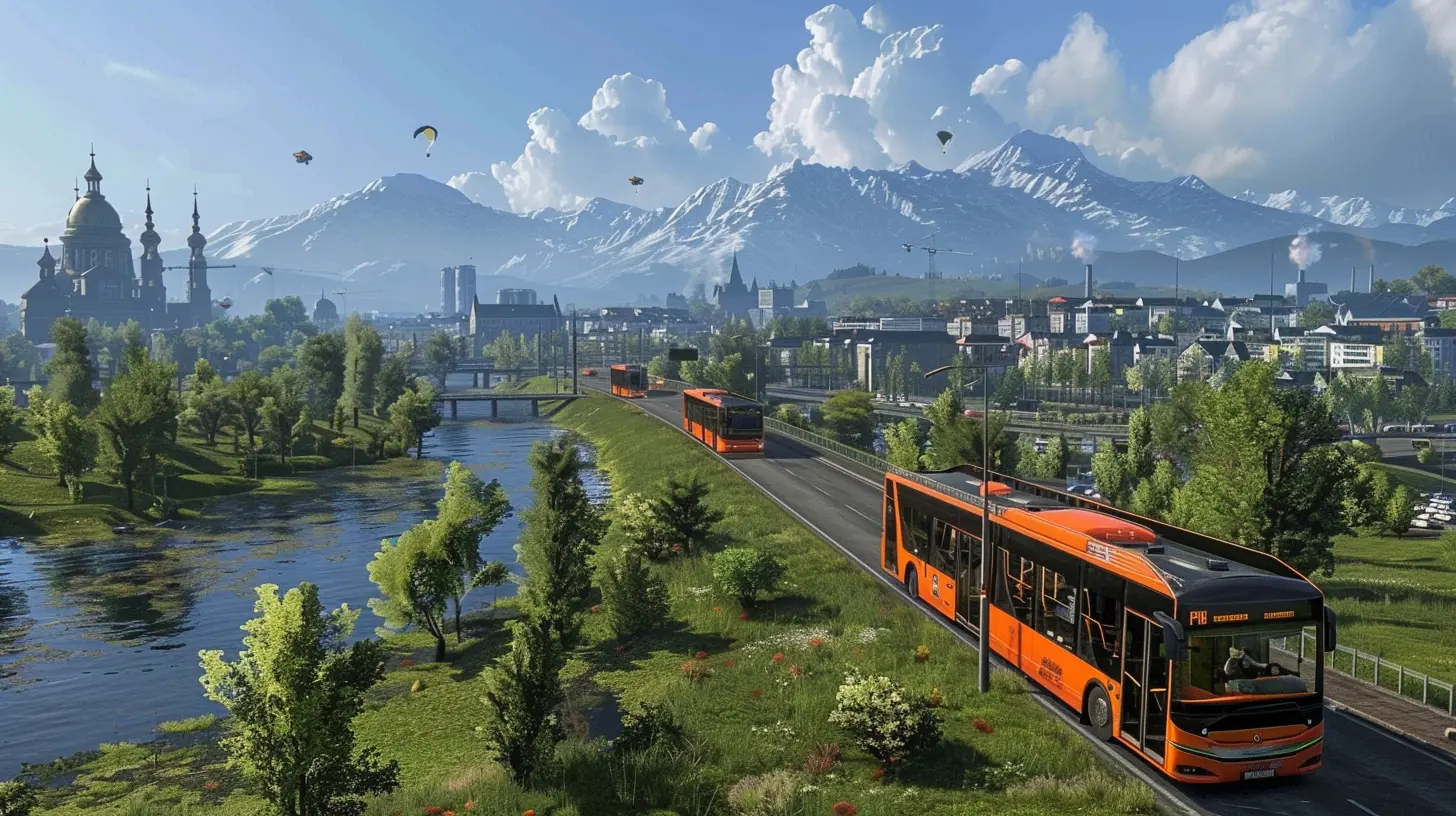Transport Management Nirvana: Creating Seamless Networks in Simulation Titles
12 September 2025
Ever dreamed of crafting the perfect transport empire? Transport simulation games give you the keys to that metaphorical kingdom, letting you build and manage intricate networks that keep entire cities or regions humming. Whether you're obsessed with laying efficient train tracks, optimizing bus routes, or planning airport operations, these games offer a unique blend of creativity, problem-solving, and resource management.
But let's be honest—achieving transport management nirvana in these games isn’t a walk in the park. There’s a lot more to it than just throwing together a few roads and hoping for the best. So, grab your controller, keyboard, or mouse (whatever floats your boat), because we’re diving into how you can create seamless networks while playing transportation simulation games. 
Why Transport Sim Games Are So Addictive
Before we dig into the nitty-gritty, let’s take a moment to appreciate why we love these games so much. Is it the challenge of solving logistics puzzles? The satisfaction of seeing a bustling, functional city rise from the chaos? Or maybe it’s just the joy of watching little virtual people successfully commute to work?Transport simulation titles like Cities: Skylines, Transport Fever 2, and Mini Motorways tap into that primal part of us that loves order and efficiency. They let us play “god” over a network, giving us the thrill of mastering chaos while providing endless opportunities to iterate and improve. It’s like playing with virtual train sets… but way cooler. 
The Importance of Seamless Transport Networks
Alright, so we know that transport simulation games are fun. But what makes a transport network “seamless”? Why does it even matter?A seamless transport network flows like a well-oiled machine. No annoying traffic jams. No underutilized lines wasting resources. No angry commuters shaking their little fists. It’s all about balance. In these games, transportation directly ties into the broader ecosystem—be it city growth, economic stability, or just plain aesthetics.
For example, in Cities: Skylines, a poorly planned bus route might cause congestion nightmares that ripple through your entire city. Over in Transport Fever 2, an inefficient supply chain could tank your profits faster than you can say “train derailment.” Seamless networks don’t just look good; they’re the backbone of a thriving, functional system.
But here’s the kicker: achieving this nirvana requires strategy, foresight, and a LOT of trial and error. So let’s break it down and get you building like a pro. 
1. Know Your Map Like the Back of Your Hand
Every sim title throws a unique map at you, and understanding the lay of the land is crucial. Is the terrain flat or mountainous? Are there waterways you can use to your advantage? Where are the population centers, and how are they spread out?In games like Transport Fever 2, geography is everything. You can’t just plop down a railroad wherever you feel like—hills, rivers, and existing infrastructure could throw a wrench in your plans. Take some time to study the map, figure out key routes, and identify potential bottlenecks before you start building. 
2. Start Small, Dream Big
Here’s a rookie mistake: biting off more than you can chew. Building an elaborate network right out of the gate may seem fun, but it’s also a recipe for chaos. Instead, start with a single, focused route or area.For example, in Mini Motorways, it’s wiser to connect just two efficiently rather than sprawling all over the map. Likewise, in Cities: Skylines, focus on a small bus or metro system before you start linking up entire suburbs. Once you’ve nailed the basics, you can gradually expand and integrate additional transport methods.
Think of it like nurturing a bonsai tree—small, deliberate actions lead to a masterpiece over time.
3. Multi-Modality Is Key
No single mode of transport can solve all your problems. The best networks are multi-modal; they mix buses, trains, subways, boats, and even airplanes to meet various needs.In Cities: Skylines, for instance, buses are great for short distances and local neighborhoods. But when you’re connecting districts or moving large numbers of people across the map, you’ll want to start thinking about metros or trains. Meanwhile, goods might be better suited for freight trains or cargo ships, depending on the layout.
Multi-modality ensures you’re not putting all your eggs in one basket—or, let’s say, all your passengers on one type of transit. It’s like assembling a team of superheroes: each mode has its strengths, and together, they’re unstoppable.
4. Keep an Eye on Traffic Flow
Traffic flow is the lifeblood of any transport network. If the roads are clogged up, you’re going to have some serious problems. Games like Cities: Skylines make you painfully aware of this, as traffic jams can grind progress to a halt.Be smart about road placement. Use highways to handle long-distance traffic, and create bypasses to prevent unnecessary congestion in downtown areas. Roundabouts, one-way streets, and intersections can also be your best friends—or your worst enemies—depending on how you use them.
Pro Tip: In Mini Motorways, always keep roads short and direct. Sprawling, spaghetti-like connections might look fun, but they’re a pain when traffic starts piling up.
5. Adapt and Optimize
Don’t settle for “good enough.” The joy of simulation games lies in constant tweaking and optimizing.Maybe a train line you built early on is now underperforming because the population around it has shifted. Or perhaps a once-efficient bus route is now too congested. Analyze patterns, gather data (many sim games provide stats and heatmaps for this), and adapt accordingly.
Optimization is like editing a first draft—you’re polishing it until it shines. And let’s face it, there’s nothing more satisfying than watching your network go from “meh” to “chef’s kiss.”
6. Leverage Mods and Add-Ons (If Available)
Some games let you spice things up with mods, and they can be absolute game-changers. Mods can give you access to new transportation methods, advanced traffic tools, or even quality-of-life improvements like better camera controls or detailed metrics.In Cities: Skylines, for example, mods like “Traffic Manager: President Edition” let you control traffic flow with pinpoint precision. Meanwhile, Transport Fever 2 has a thriving modding community that offers custom vehicles, maps, and more.
Mods are like toppings on a pizza—they’re not mandatory, but wow, do they make things tastier.
7. Have Fun With It!
At the end of the day, these games are all about having fun. Sure, creating perfectly efficient networks is satisfying, but don’t let the pursuit of perfection suck the joy out of the experience. Try wacky routes, experiment with less conventional modes of transit, or just build something bizarre for the heck of it.It’s okay to fail. In fact, failure is often the best teacher. Remember that each mistake gets you one step closer to transport management nirvana. So embrace the chaos, and let it fuel your creativity.
Final Thoughts
Transport simulation games aren’t just entertainment—they’re an art form. They challenge you to think critically, plan strategically, and adapt on the fly. Creating seamless networks may take time, but the satisfaction of seeing your virtual world run like clockwork is worth every hour spent tinkering.So whether you’re a casual player or a transport tycoon in the making, these tips should help you on your journey to achieving transport management nirvana. Now, go forth and build the transport empire of your dreams.
all images in this post were generated using AI tools
Category:
Simulation GamesAuthor:

Pascal Jennings
Discussion
rate this article
1 comments
Matteo McVicker
This article astutely highlights the intricate balance between realism and playability in transport management simulations, but it could further explore user engagement strategies to enhance player immersion.
September 19, 2025 at 4:14 AM

Pascal Jennings
Thank you for your insightful feedback! I appreciate your suggestion on exploring user engagement strategies to boost immersion, and I'll consider it for future discussions.


